Worldwide, journalism has played a major role in raising awareness of environmental issues and generating support for biodiversity protection. In the Arafura and Timor Seas (ATS) region, marine and coastal ecosystems, along with the economic and ecological wellbeing of people, require more attention. For that reason, the ATSEA-2 Project is collaborating with the Alliance of Independent Journalist of Indonesia (AJI Indonesia) to provide an extensive training program for the most talented journalists in the region.
In total, 96 journalists from Indonesia, Timor-Leste and Papua New Guinea applied to join the program; a figure that was eventually whittled down to a select group of just 21 participants. This group will now engage on an intensive training course, designed to develop their skills, encourage participation and facilitate a more fruitful and accurate exchange of information.
ATSEA-2 is adopting a collaborative approach with media networks in order to accelerate the dissemination of information in the ATS region and beyond. The Program intends to communicate findings that can inform policy and improve resource management; journalists from the training course will set out to produce an in-depth reporting on key environmental issues through which end-users and targeted stakeholders can receive accurate and timely information, then take affirmative action based on a clear understanding of the issues.
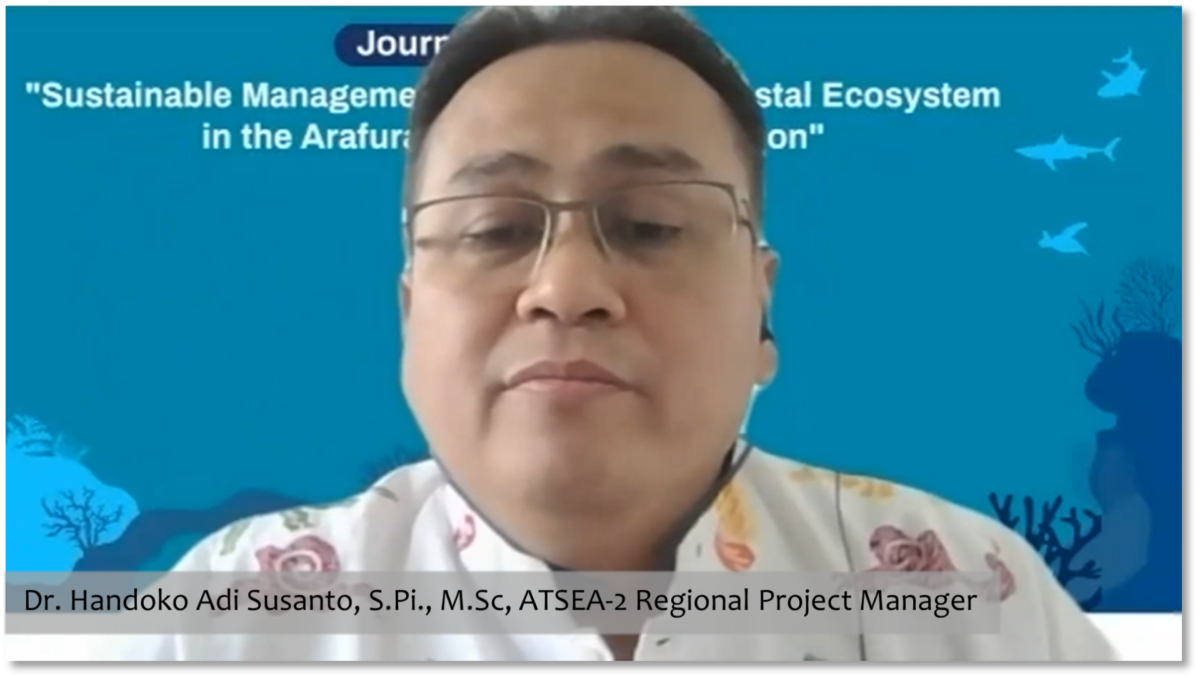
“You can help shed light on the challenges, initiatives and solutions to improve the lives of the coastal communities through restoration, conservation and sustainable management of marine-coastal ecosystems”, said Dr. Handoko Adi Susanto, S.Pi., M.Sc, ATSEA-2 Regional Project Manager. “With your support, I believe we can amplify our work, especially for people in the region”, Dr. Handoko added.
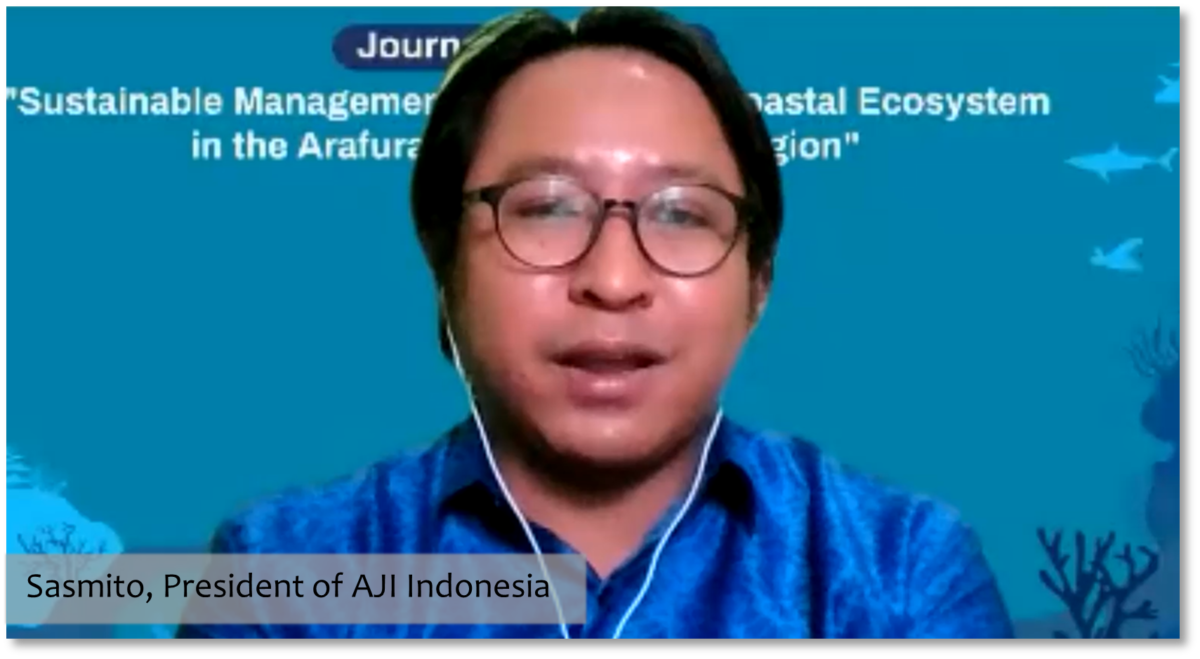
Sasmito, president of AJI, also emphasised the significance of collaboration during his speech, “Collaboration is not a choice, it’s a must! I believe that cross-border collaboration among journalists will improve government endeavour to maintain sustainable value in the ATS region”.
Dr. Handoko was speaking at a virtual three-day training from 2-4 August 2022, which marked the beginning of the Journalist Fellowships Program. Entitled “Sustainable Management of Marine and Coastal Ecosystem in the Arafura and Timor Seas Region”, the training featured various experts, who took the opportunity to expand on the most pressing issues concerning marine and coastal resources in the ATS region. Dr. Handoko emphasised governance and priority issues for marine and fisheries sector in the ATS region, while Dr. Augustine Mungkaje from the University of PNG highlighted ecological importance, sociocultural values, threats and challenges in the ATS region.
Other experts involved in the first training session included Dr. M. Mukhlis Kamal from the Department of Aquatic Resources Management, IPB University, who raised the topic of sustainable fisheries and ecosystems in the ATS Region; Yusuf Fajariyanto, Spatial Planning Manager of the Indonesia Oceans Program at Yayasan Konservasi Alam Nusantara (YKAN), who introduced participants to Marine Protected Areas (MPAs) and the Blue Economy in the ATS Region; and Dr. Dedi S. Adhuri, a senior researcher at the Centre for Community and Cultural Research (PMB), who covered gender equity and empowerment in relation to the impacts of climate change in the ATS region.
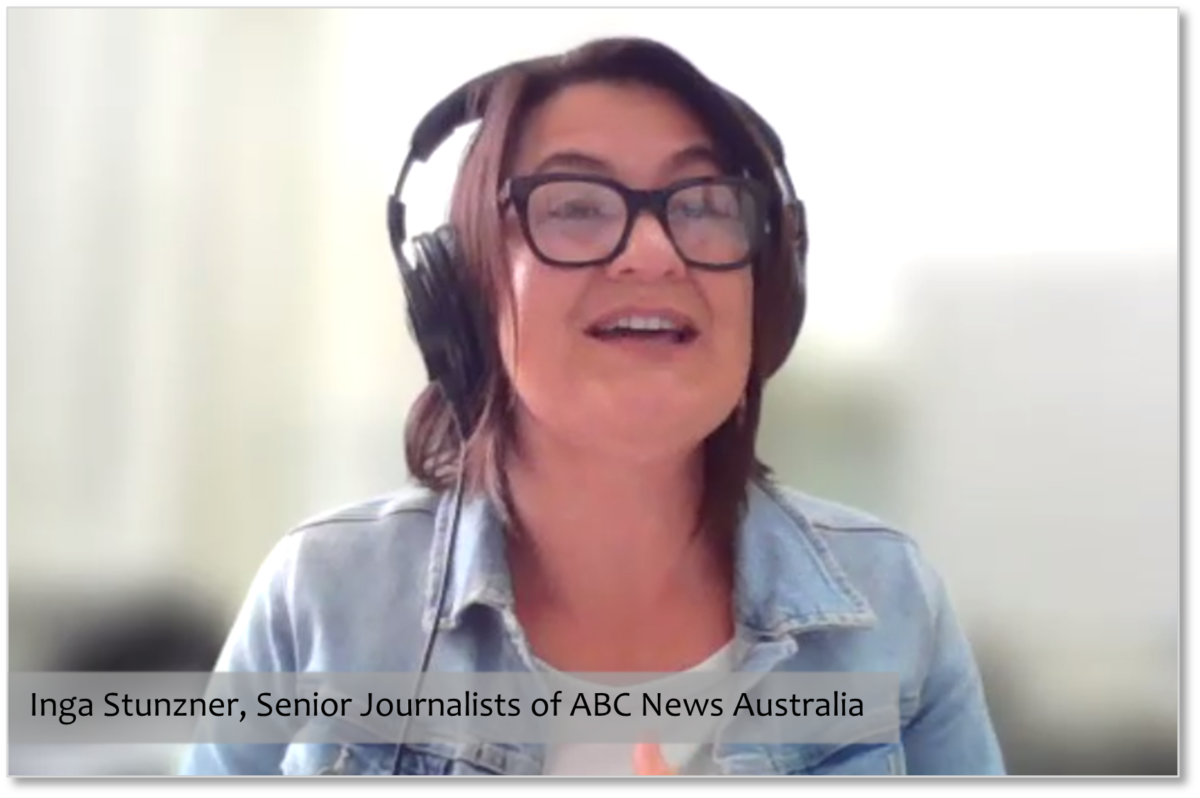
There was also an opportunity to hear from ABC News Australia senior journalists Inga Stunzner and Erin Parke, who shared their combined experience of covering environmental issues. They also gave their support to the event and expressed a willingness to help the new crop of climate journalists. Erin said: “I am happy to voluntarily share more information and tips for the journalists, (so) feel free to contact me after the event”.
Despite some connectivity issues, participants found the training to be extremely helpful. “Thank you so much for the insight, I learned a lot from the speakers”, said Evangelisto Gantry from Timor-Leste. A participant from PNG, named Lucy Kopana, said: “thank you so much AJI, ATSEA, facilitators, presenters and colleagues! There is still so much to digest from all the information and shared experiences. I appreciate this very much.”
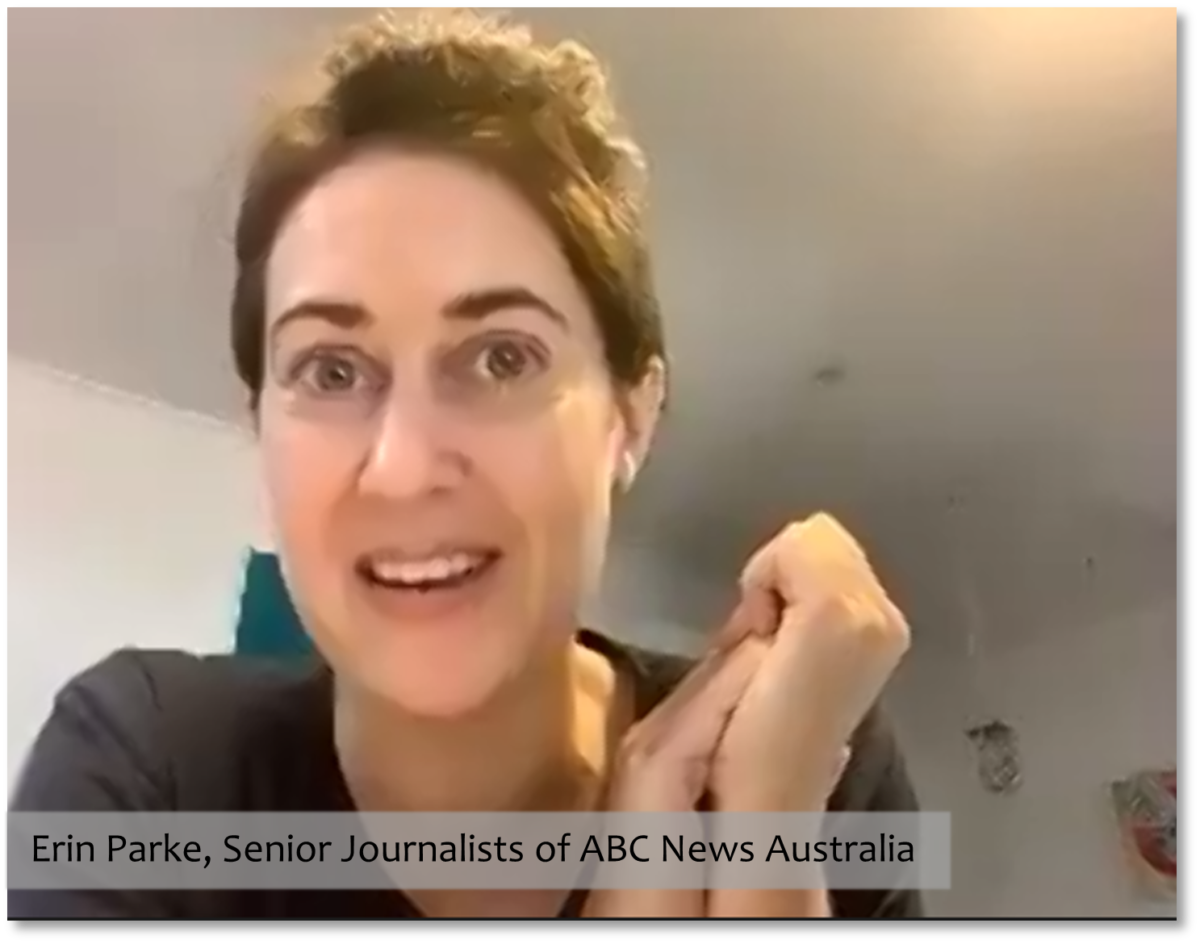
During the event, there was a noticeable improvement in the understanding of many journalists with regards to marine issues in the ATS region, as indicated by the results of the pre- and post-event tests taken by participants. On the final day of training, journalists pitched their ideas for news stories they intended to cover. These initial ideas were then workshopped with trainers, who provided feedback and practical advice. Moving forward, the 12 best proposals from the training will be funded by the ATSEA-2 Project in order to generate stories from important sites around Indonesia, Timor-Leste and Papua New Guinea.
The training represents a significant step towards ATSEA-2’s goal to increase public awareness of environmental sustainability at the regional level, while also helping to spread messages to a global audience. It also supports the achievement of Aichi Biodiversity Target 19, which focuses on advancing scientific technologies to expand our understanding of biodiversity, its benefits, functions, status and trends, as well as the effects of its loss. In the long term, it is hoped the training will prove to be a crucial first step in the creation of a network of journalists devoted to marine and coastal conservation in the ATS region.
